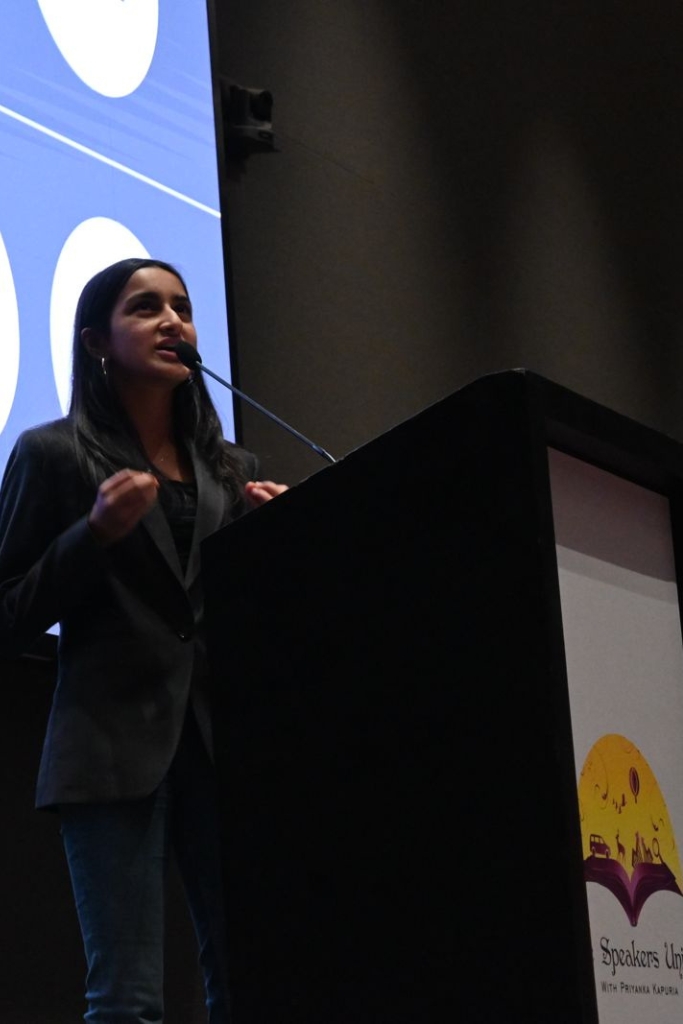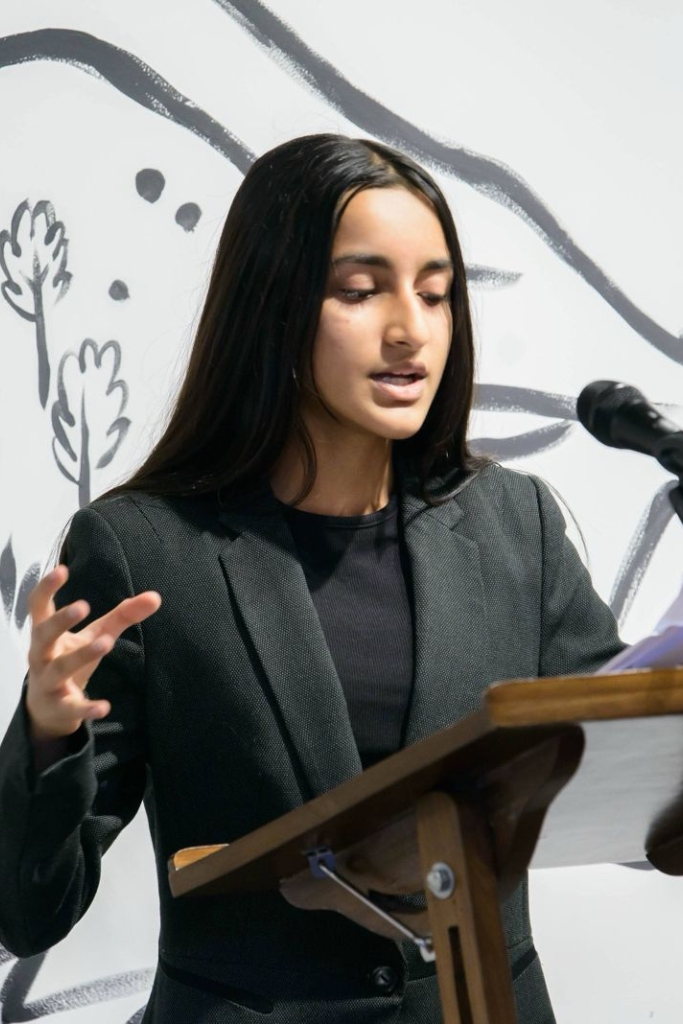
The Orators Hub
Master the Art of
Public Speaking & Debate
Discover the power of effective communication. Our comprehensive content will equip you with the skills to captivate audiences, articulate ideas, and win arguments.

How we can help you?
British Parliamentary
In British Parliamentary Debate, four teams of two speakers each compete, divided into two sides: Government and Opposition. Each side has two teams, and speakers take on different roles to structure the debate.
Oxford Style
The Oxford Style Debate is structured to encourage audience engagement and persuasive argumentation. The debate includes several key sections: Opening Remarks, Intra-Panel Discussion, Question-and-Answer Period, and Closing Remarks.
World School Debate Format
The World Schools Debate Format (WSDC) is structured around two teams of three speakers, with each speaker having a distinct role to play throughout the debate.
Lincon Douglas
Lincoln–Douglas (LD) Debate is a competitive, one-on-one format practiced primarily at the high school level in the United States. Known for its emphasis on values, logic, ethics, and philosophy, LD Debate focuses on presenting compelling arguments around abstract issues, often exploring moral and philosophical questions.
SPAR
SPAR (Spontaneous Argumentation) Debate is a fast-paced, engaging format designed to help students quickly develop their argumentative skills. Perfect for beginners, SPAR requires minimal preparation and introduces core debating concepts like structure, argumentation, and rebuttal.
Turncoat
Turncoat Debate is an engaging and unique format where speakers switch sides during the course of the debate. This dynamic format challenges debaters to think critically and adapt their arguments quickly.
Asian Parliamentary
Asian Parliamentary Debate is a popular format in which each team consists of three members, representing either the Government or the Opposition. This format emphasizes structured argumentation, rebuttal, and clear team roles.
Hi, I’m Aahvana

How to deal with each motion
This House Believes That
A THBT motion requires debaters to assert or challenge a value judgment or principle. The central task in this type of debate is to evaluate whether the principle or value embedded in the motion is true, morally sound, or beneficial to society. Unlike policy-oriented motions, THBT motions do not necessitate a specific course of action but instead, explore the underlying ideas or priorities.
This House Would (THW)
A THW motion proposes an action or policy and asks debaters to debate its implementation. Unlike motions focused on abstract principles (like "This House Believes That"), THW motions are rooted in policy and often require practical and detailed arguments about the consequences of enacting the proposed change
This House Regrets
A THR motion expresses regret over a past event, trend, policy, or phenomenon, focusing on its negative consequences. Unlike motions that ask for action or principle, THR debates focus on evaluating the outcomes of something that has already occurred. The debate hinges on whether the phenomenon was ultimately harmful or beneficial.
This House Supports (THS)
A THS motion endorses a specific idea, policy, institution, or trend. The focus of the debate is on whether the subject of the motion is desirable, beneficial, or worthy of support. Unlike a "This House Would" motion, which often focuses on implementation, a THS motion emphasizes the value or importance of the subject itself.
Actor Motions
Actor motions assign the debate to a specific entity (e.g., governments, corporations, or individuals). The actor’s unique priorities and context shape the debate.

One Response
Hi, this is a comment.
To get started with moderating, editing, and deleting comments, please feel free to comment your inputs.